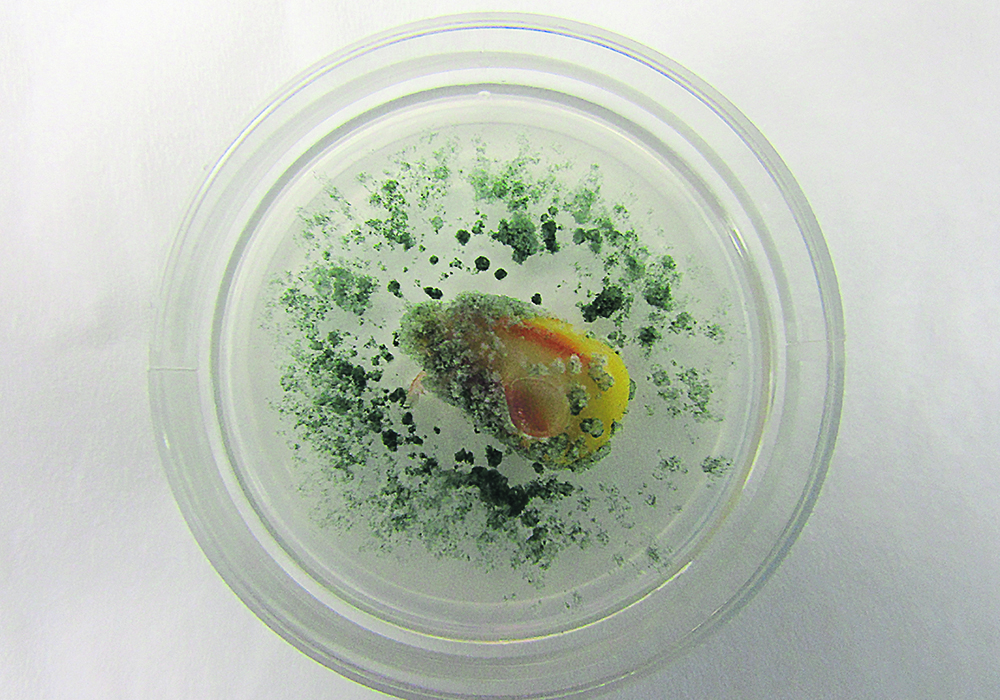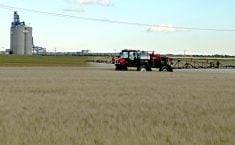Among the lessons taught by COVID-19 is just how vulnerable our meat-packing industry is to viruses.
Outbreaks in plants in Alberta, British Columbia, and Quebec caused shutdowns, employee illness, and tragically, death.
Tatiana Koutchma, a research scientist with Agriculture Canada in Guelph, Ont., said sanitation with ultraviolet (UV) light could help make these workplaces safer, along with the products produced within them.
Ultraviolet light, as its name implies, is light beyond the violet end of the spectrum visible to the human eye. As anyone who has had a sunburn can attest, it can be damaging. It’s also extremely useful.
Read Also

New coal mine proposal met with old concerns
A smaller version of the previously rejected Grassy Mountain coal mine project in Crowsnest Pass is back on the table, and the Livingstone Landowners Group continues to voice concerns about the environmental risks.
One set of wavelengths — from 207 to 222 nanometres — even has the property of inactivating microbes on surfaces while not harming human skin or even eyes (it doesn’t penetrate the epidermis or the coating of tears on the eye surface). Koutchma said more research is needed to see if it could be used safely.
Until then, standard UV wavelengths can be used more, for example to sanitize workstations at packing plants between shifts or while workers are on breaks. She cites a French company that is currently deploying UV sanitation units to bring down microbial loads in restaurant kitchens.

















